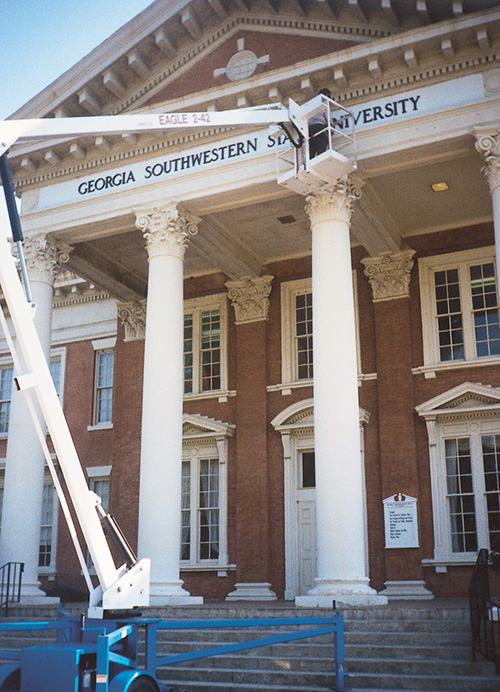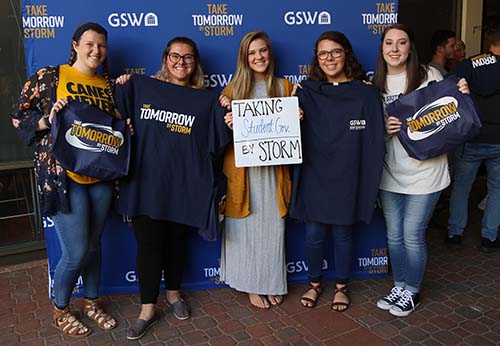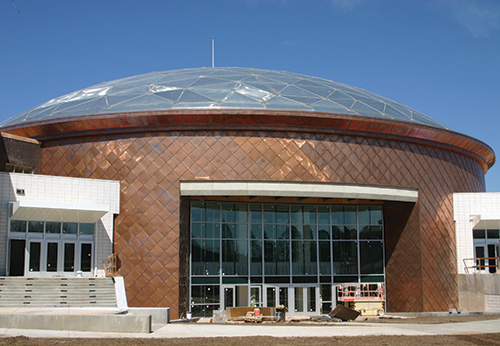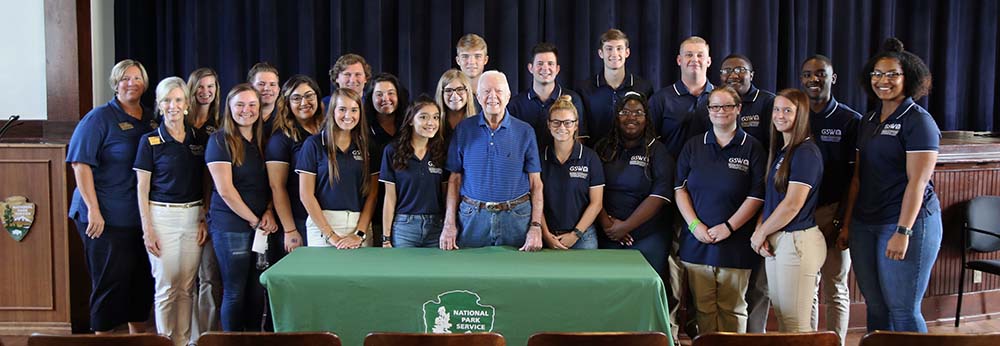GSW Website Search
- Apply
- About
- Academics
- Admissions
- Financial Aid
- Athletics
- Student Life
- myGSW
- A-Z Index
- Directory
- Map
- Visit
- Give
This story originally appeared in 2021 Aeolian magazine.
The Georgia Southwestern State University family knows the value of a good weather reference. From the Storm Spotters who help incoming first-year students transition to college to the Registration and Academic Information Network (RAIN), weather-inspired phrases abound at GSW. As Georgia Southwestern marks its 115th anniversary, there is an opportunity to look back at our storm’s momentum and chart its growth from a tropical storm into a Category 5 hurricane in distinct 23-year increments from 1906 to 2021.
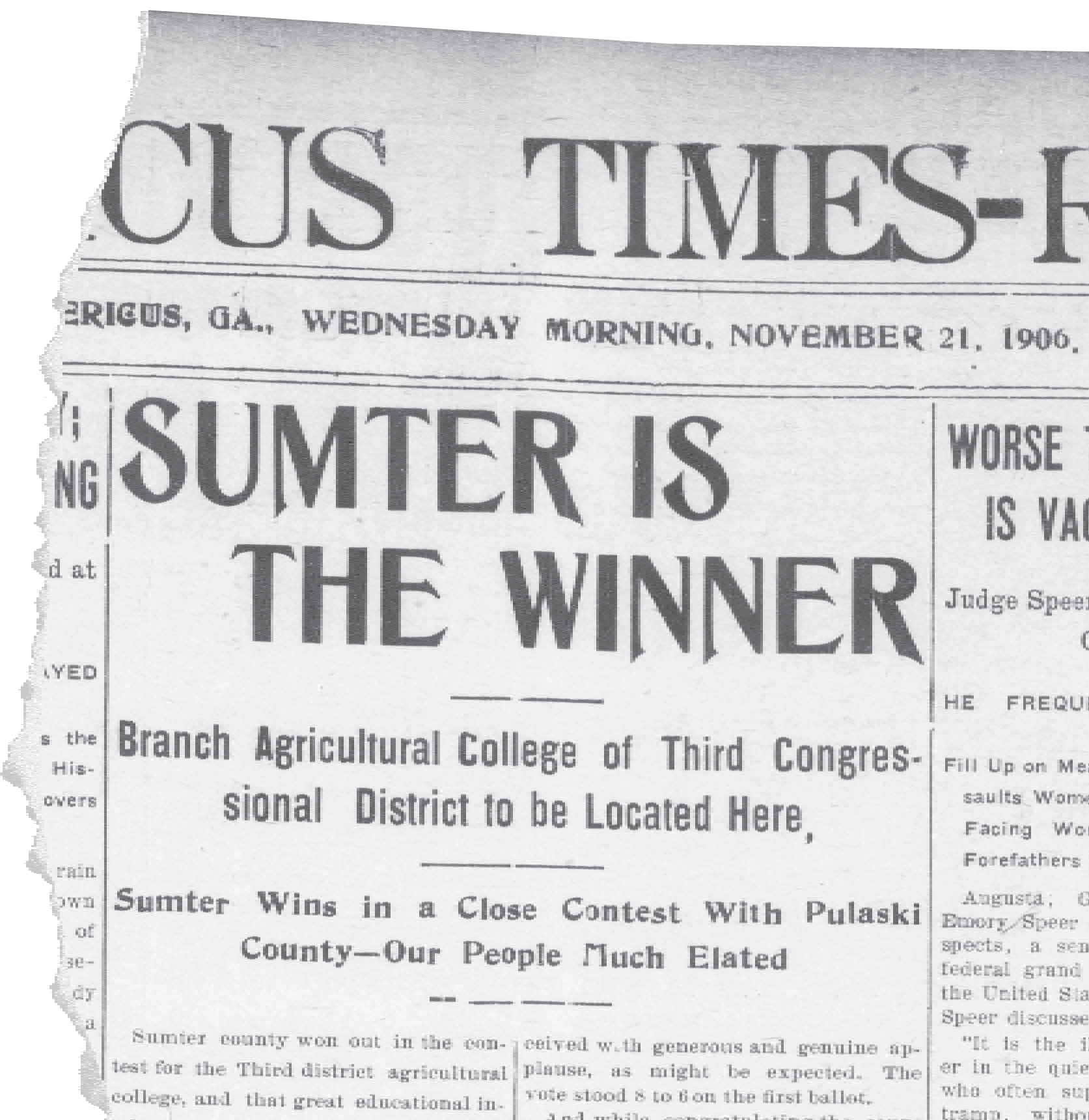 A Tropical Storm: 1906-1928
A Tropical Storm: 1906-1928The Third District Agricultural and Mechanical School was one of eleven colleges—one in each U.S. congressional district—established by the Georgia legislature in 1906. These A&M schools, designed as branches of the State College of Agriculture at the University of Georgia, came to the cities that offered the most financial support. Americus invested in the region’s future and the State of Georgia accepted the city’s bid of 270 acres of land and $30,000. The first classes began on January 4, 1908.
The “Aggie school,” as local residents called it, looked, sounded and even smelled different than it would just a few decades later. Until the 1920s, the college resembled a high school built into a working farm. Girls as young as thirteen and boys as young as fourteen took high school classes alongside specific farming and home economics courses. The Aggie school’s expansive acreage was put to use raising crops and animals. During the 1922-23 school year, there were “3 mules, 5 cows, 6 heifers, 30 hogs, 20 goats, 100 chickens, several young calves, [and] 30 pigs” on campus. These early years also began a tradition of adapting to Georgia’s changing educational needs. When the school became the Americus Normal College in 1926, a new curriculum added college courses and phased out the high school classes. The school also began training teachers for the first time.
The school was a hurricane in spirit before it became a hurricane in name. This tradition dates to the 1930s when the school name changed from the Americus Normal College to Georgia Southwestern College. Student writers, always good for a pun, named their campus newspaper the Sou’wester and the yearbook committee changed its name from Le Resume to the Gale. It took until the fall of 1948, when intercollegiate athletics began at GSW, for the school to officially become the Hurricanes.
The distinctive crescent-shaped arc of historic buildings took on a recognizable form during the 1930s. Dormitories for men and dormitories for women, as well as a dining hall and a president’s home, flanked the Wheatley Administrative Building. In a project that foreshadowed future expansion, the college broke the design pattern in the 1930s when it constructed the Florrie Chappell Gymnasium behind the older campus buildings. Three of the
school’s most notable alumni—Jimmy Carter, Rosalynn Carter and Griffin Bell—studied at GSW during these formative decades.
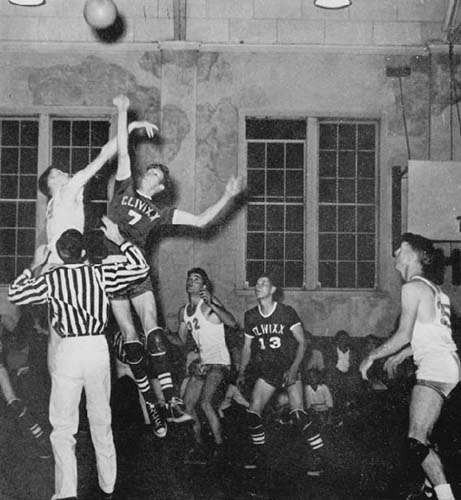 A Category 2 Hurricane: 1952-1974
A Category 2 Hurricane: 1952-1974By the 1950s, clear distinctions in trajectory and momentum had emerged between Georgia’s original A&M schools. Georgia Southwestern ranked among the schools—including Georgia Southern and the University of West Georgia—that took off in the mid-20th century. A campus that had once been a working farm became a landscaped lawn
surrounded by the sight and scent of a young pine forest stretching from Wheatley Street (now Georgia Southwestern State University Drive) and south of the historical library (now Canes Central) to the railroad tracks. A few of those then-young trees are still with us today.
Academic and campus social life also began to change as GSW faculty and staff adapted to a changing world. The college began offering a three-year associate’s degree in nursing in 1953. Even bigger changes came when Georgia Governor Carl E. Sanders designated Georgia Southwestern College a four-year institution in 1964. Enrollment grew from about 500 students per quarter in the 1950s to more than 2,000 students per quarter by the 1970s. Gloria Wise became the first African American student to enroll at GSW in 1965. Three years later, Teresa Mansfield became the first Black student to graduate from the college with a degree in GSW’s distinguished political science program. The Student Government Association formed in 1973.
Moving from a two-year school to a four-year school came at a physical cost to the landscape. The vast A&M farmland-turned-pine forest bore the brunt of the physical expansion. A new student center, academic buildings, and dormitories emerged from the pines to meet the needs of a strengthening hurricane. The city’s investment in land in 1906 was still paying off generations later.
From academics and buildings to student organizations, GSW began to look and sound as it does today in the last quarter of the 20th century. Campus additions included the Fine Arts Building, the Education Center, the Deriso Pool and the Rosalynn Carter Institute for Human Development (now the Rosalynn Carter Institute for Caregivers).
Investment in the school from alumni and friends of the college made these changes possible and created the warm waters for the hurricane’s future strengthening. The GSW Foundation, incorporated in 1979, received its single-largest gift when Charles Huntington Wheatley, for whom the Wheatley Administration Building is named, bequeathed over $10 million to the University in his will. And after 1996, the school took on its current name, Georgia Southwestern State University.
Recent decades have seen as much change as some of the earlier periods of the hurricane’s growth. At the turn of this century, GSW embarked on a building program that rivaled the growth of the 1960s. The campus added new dormitories, athletic fields, the Student Success Center, academic buildings and 147 acres of land including an 18-hole golf course.
The always-changing curriculum opportunities have continued to evolve to better serve students in a global, interconnected world. Master’s degree programs in nursing and business began, joining the already-established Education and Computer Science master’s programs. Student support services increased with the intention of ensuring that every student has an equitable chance to succeed at this university.
Georgia Southwestern State University, with the continued support of its community and loyalty from its alumni, is set to gain even more momentum. In 2018, a year after the arrival of President Neal Weaver, the University announced its new brand campaign, “Take Tomorrow by Storm.” Since then the University gained a program in long-term care management in 2018 and established the President Jimmy Carter Leadership Program in 2019. Renovations have turned the historic library into Canes Central and the Florrie Chappell Gymnasium is set to become a new student recreation center.
There is more momentum to come. The forecasting models call for a Category 5 hurricane.

